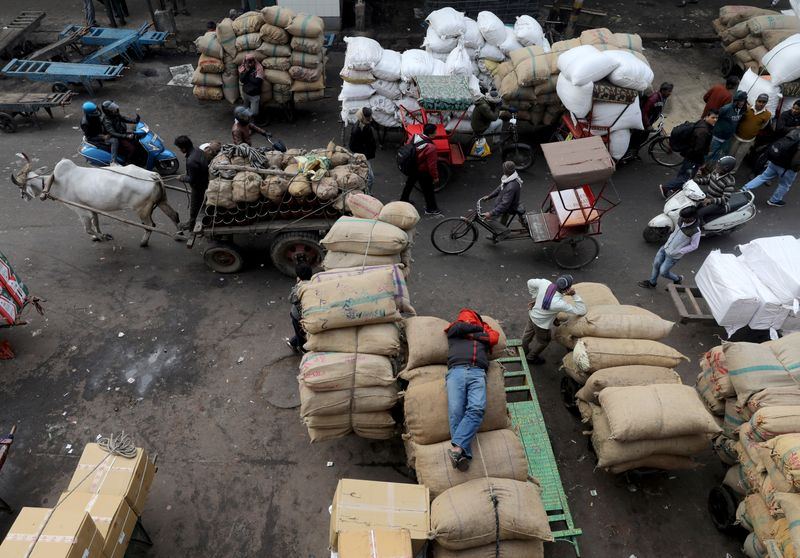Having suffered its weakest expansion in over six years in the September quarter, India’s economy probably fared slightly better in the December quarter, before suffering a relapse due to the impact of the coronavirus globally, analysts said, Trend reports with reference to Reuters.
Gross domestic product data due to be released on Friday will cover up to the end of last year, before the epidemic in China had sparked fears of a pandemic.
The median forecast of a Reuters poll of economists put annual economic growth at 4.7% in the December quarter, marginally higher than 4.5% in the previous quarter thanks to a small rebound in rural demand, private consumption and government spending.
“The economy showed some signs of recovery in December quarter due to higher government spending and external factors, but faces a risk of relapsing in the current quarter mainly due to the coronavirus,” said N.R. Bhanumurthy, an economist at National Institute of Public Finance and Policy (NIPFP), a Delhi-based government funded think tank.
Even achieving 4.5% annual growth this quarter would be a challenge, Bhanumurthy added.
In its annual budget presented earlier this month, the government estimated economic growth in the current fiscal year ending in March would be 5%, the lowest for 11 years.
And the government only targeted a slight recovery in growth to 6% for 2020/21, well below the levels required to generate jobs for the millions of young Indians entering the labor market each month.
Analysts expected growth would pick up gradually driven by a favorable base effect, a cut in corporate tax rates last September and increased government spending.
But, the central bank earlier this month warned that the downside risks to global growth have increased as a result of the coronavirus epidemic, the full effects of which are still uncertain and unfolding.
“Although number of cases of COVID-19 (coronavirus) in India are less, the economic impact is expected to accrue from supply chain risk,” Soumya Kanti Ghosh, chief economist at State Bank of India (SBI.NS), citing problems in supply of raw materials from China for pharmaceuticals and other exports.
A spike in inflation to a more than 5-1/2 year high of 7.59% in January is expected to make the Reserve Bank of India hold off on further cuts in interest rates for now, while keeping its monetary stance accommodative.
Finance Minister Nirmala Sitharaman has said some signs of green shoots were visible in the economy as the government has eased bottlenecks for consumer and industry bank loans, while expanding spending on infrastructure.
But analysts remained doubtful.
Goldman Sachs cut its growth forecast to 4.9% for the March quarter from earlier estimate of 5.4%.
“Despite the downward revision, we believe the risks to our growth forecast are still tilted to the downside, given the risk aversion in the domestic financial sector, the continued weakness in rural demand,” Goldman Sachs, said in a note on Wednesday.






